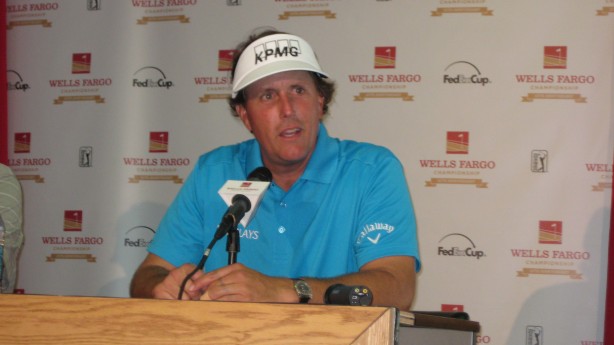Earlier today, I posted a blog detailing how a Yadkin Valley winery, faced with a negative customer experience, proactively addressed the issue and won a lifelong advocate.
Not all companies know how to do this. In fact, some of the best lessons in customer service come from observing what not to do. I struggled writing his blog, trying to make it less of a rant and more of an instructive guide.
*****
A comedy of errors caused me to miss this year’s North Carolina Wine Festival. Suboptimal customer service from representatives for the event’s organizer assured that I will never attempt to attend the festival again.
We don’t live terribly far from Tanglewood Park in Clemmons, so I decided about a week before the festival to pay $40 for two tickets. After completing the purchase, I got a notice that I would receive an email confirmation which I assumed would serve as my ticket. That confirmation never arrived and, to make matters worse, I mistakenly thought it was a Sunday event. So we showed up 24 hours too late.
No worries, I thought. I will just call Curtis Media, the event’s organizer, explain what happened and get a refund since they never sent the promised follow up communication. I was wrong. The woman who answered the phone made several big missteps from the perspective of customer service.
· Zero empathy. She repeatedly found ways to put 100% of the blame on me. Granted, I was ultimately responsible for confusing the date, but there were some clear errors in the online ordering. An upset customer, on a very basic level, just wants to feel heard.
· They never offeredto look into the problem. Just making that offer would have at least made me feel as though Curtis Media was proactive and interested in making improvements to benefit others. (Sanders Ridge, as you may recall, did look into the problem we had, thanking me for helping them identify it.)
· An argumentative approach is frustrating. At one point, she defaulted to saying no refund. Such rigidity poisons the customer experience. There was no attempt at compromise or to find a middle ground. It was a zero sum game for her – over $40.
· I had to ask to speak to the general manager. One way to make someone feel heard is to give them an opportunity to speak to “the boss.” I had to ask for that. She told me that the GM would be unwilling to work with me, and she was right. Three days have passed and he has yet to return my voice mail message.
It is interesting to look at the math. The event boasts that it draws 250,000 people, bringing in roughly $5 million on presale tickets alone. So refunding my $40 would have cut into that revenue line by a percentage so low it isn’t worth trying to calculate. Then again, when you have that many people attending, maybe you can afford to upset dozens with poor customer service.
The unfortunate thing about this experience is that the wine festival brought in at least 30 wineries, and I am willing to bet that most, if not all, of them would have given me better customer service under the same circumstances. (In fact, Sanders Ridge was among the wineries at the event.) Since many are not close to Winston-Salem, it is unlikely that I will visit them any time soon. I definitely will not see them at the next NC Wine Festival.



